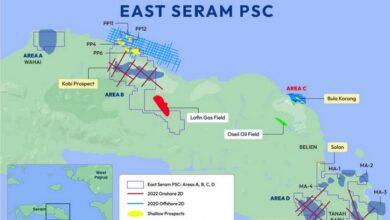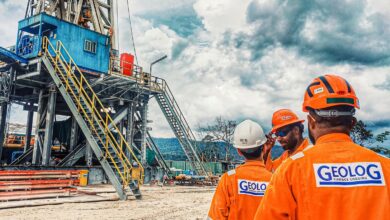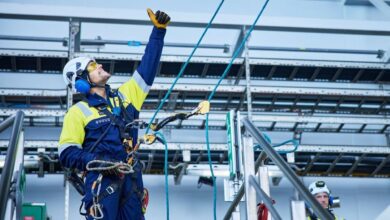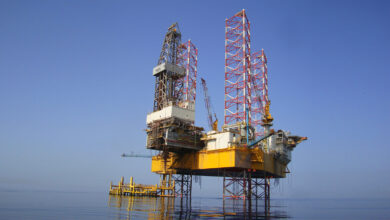Offshore California well pushes extended-reach drilling capabilities

About 20 miles from the ecologically sensitive Channel Islands National Marine Sanctuary offshore California are three oil and gas fields. One of them is Sacate, where an extended-reach well has been drilled to a total depth of 37,165 ft. The well was drilled from an empty slot on the Heritage platform.
“The El Capitan well was drilled 4,000 ft further and 700 ft shallower than the SA-15 Spanish Bay well that had previously been a significant achievement in the Sacate field,” Neil Armstrong of ExxonMobil said. “A significant achievement of the El Capitan well was drilling an ERD well from an offshore platform. This required careful concern for logistics.” Mr Armstrong made the presentation on El Capitan on 3 March at the 2011 SPE/IADC Drilling conference in Amsterdam.
Most world-class extended-reach wells are drilled from purpose-built rigs to offshore bottomhole locations. Planning extended-reach wells from an offshore production installation requires more consideration of logistics, as well as platform space and weight limitations. For example, Mr Armstrong said, in order to drill to final total depth, 12,000 ft of drill pipe singles had to be picked up from the pipe deck because the Heritage platform derrick capacity is only 25,000 ft.
The area of the Sacate field, located in the Santa Ynez Unit in the Santa Barbara Channel, that was targeted by the El Capitan well could not have been developed using existing infrastructure without detailed engineering to further extend extended-reach drilling (ERD) limits. Now, knowledge gained from the successful El Capitan drilling program is being used to extend drilling limits in previously out-of-reach areas of the Santa Ynez Unit, according to Mr Armstrong.
The rig used to drill El Capitan was originally designed with limited ERD capability but had undergone upgrades to facilitate the Sacate drilling program. It was equipped with a 2,000-hp drawworks, a nominal 500-ton capacity 30-by-30 ft derrick, a 63,000 ft-lb top drive and a 5,000-psi circulating system outfitted with three mud pumps. Before starting El Capitan, the circulation system was upgraded to 7,500 psi.
“The NPT resulting from a drill pipe failure would have been significant; therefore, much emphasis was placed on ensuring drillstring integrity,” Mr Armstrong said. “All BHAs for the 14 ¾-in. and 8½-in. hole sections were analyzed using the company’s proprietary BHA Vybes model.”
Planning is under way for another well to be drilled in the Sacate field that will extend the ExxonMobil and North American horizontal drilling record by 2,000 ft, according to Mr Armstrong.
More information on El Capitan can be found in SPE/IADC 140265, “Extended Reach Drilling – Offshore California: Extending Capabilities and Improving Performance,” by Neil Armstrong and Andrew Evans, ExxonMobil Development Company, presented at the 2011 SPE/IADC Drilling Conference, 1-3 March, Amsterdam.




